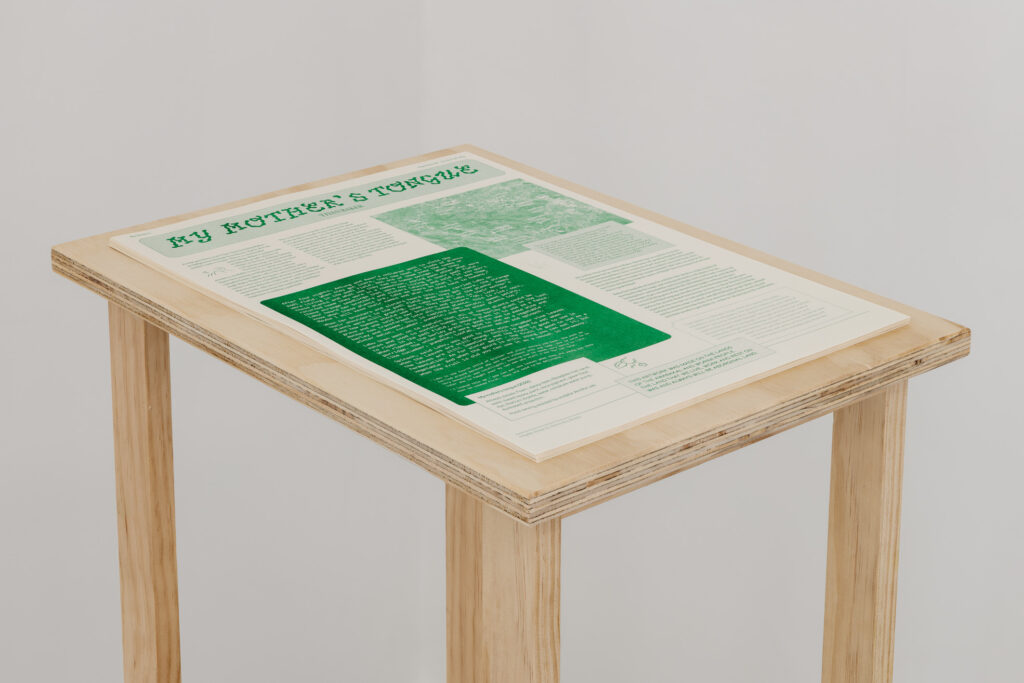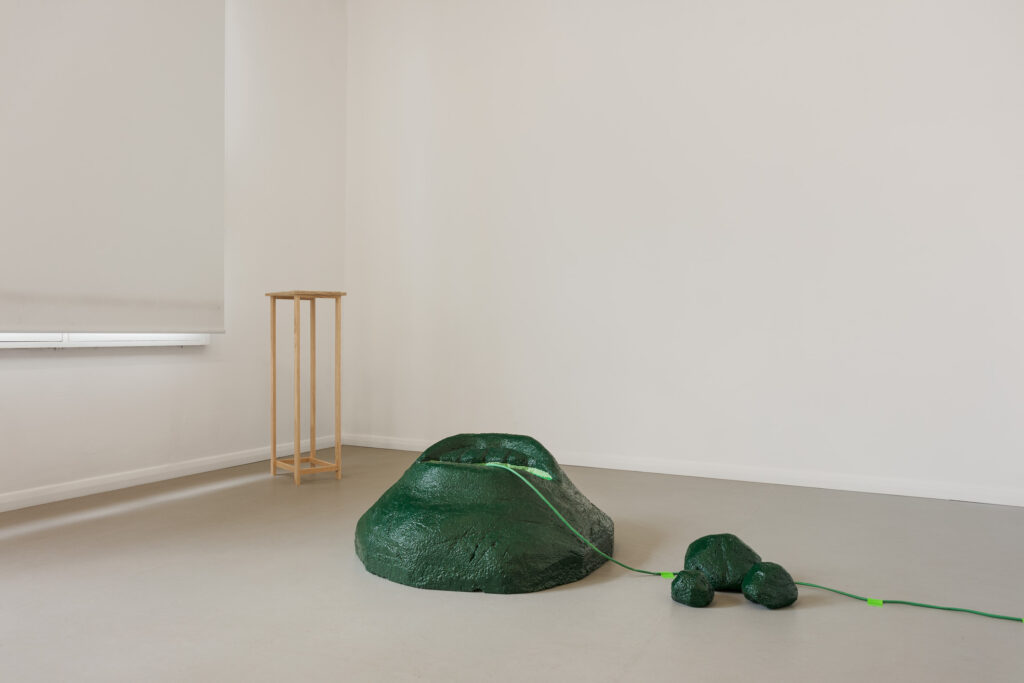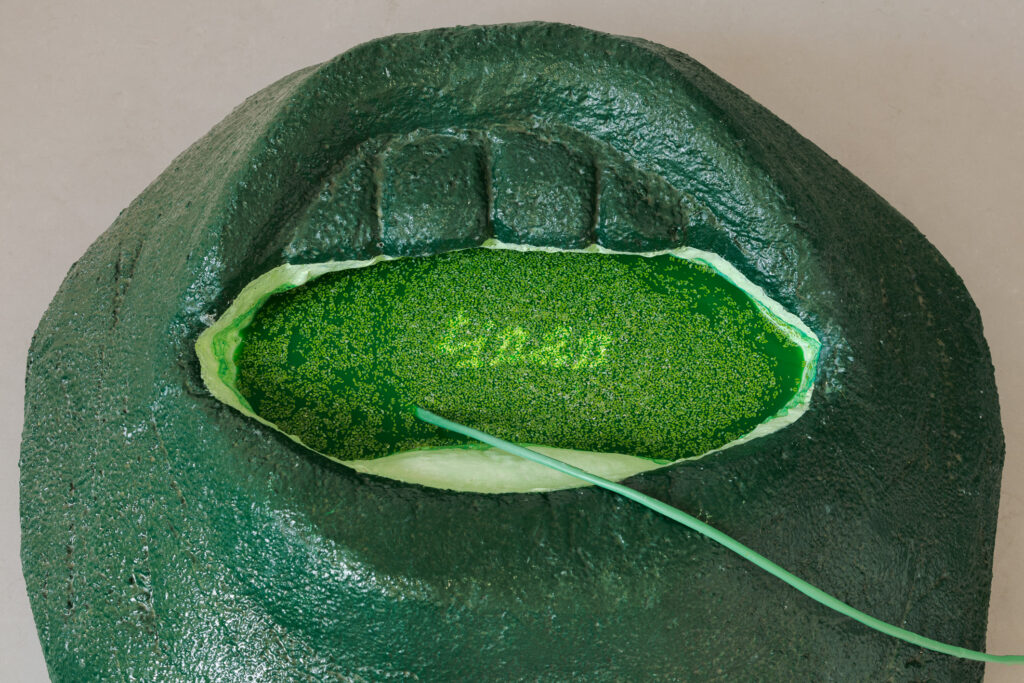While most people in the world can understand speech in more than one language, the bilingual speaker is considered exceptional in so-called Australia. I am, to my own dismay, a statistically-average-by-Australian-standards monolingual anglophone despite having two multilingual parents.
I write this article in the nascency of my Cantonese learning. Although it is my mother’s lineage, I am drawn to the language from consuming popular media, not too different from a weeaboo enrolling in Japanese classes after consuming anime. This is to say that there is a risk of me ‘doing an Orientalism’ to my own culture.
My parents are Han Chinese ex-citizens of Malaysia. Despite my mother knowing Mandarin, Cantonese, Hokkien, Malay and English, only the last of these was passed onto me. She would justify my anglophonic monolingualism by saying that I was unlikely to develop adequate Chinese language skills here and that focusing on English would be more valuable.
Hong Kong-based film director Wong Kar-Wai ignited a pilot light for my enthusiasm in Cantonese. In Wong’s films, the Western viewer glimpses something that could be mistaken for romantic make-believe; cross-language dialogue. In 2046 (2004), Chow Mo-Wan speaks Cantonese to his casual partner Bai Ling, who speaks to him in Mandarin. Throughout the film, although different characters speak to one another in different languages, both parties understand each other and never impose corrections. To achieve naturalistic dialogue, Wong likes to have his actors speak in their preferred language rather than have them conform to Cantonese.1
While Mandarin and Cantonese share most grammatical patterns, sounds for the same written Chinese word are completely different in each dialect to the extent that they can be categorised as separate languages. Despite the starkly contrasting pronunciation of Chinese dialects, it is common for people to understand those they do not speak.
This style of exchange from 2046 is difficult to envision in Naarm outside of the family unit. I have friends who understand their parent’s language but will respond in English when their parent speaks their own first language. Both parent and child have developed faith that the other will register what is spoken to them or that misunderstandings can be mediated in this exchange style.
While Australia is hegemonically anglophonic, the artistic urge to defy language attrition is also pervasive. In the statement accompanying the exhibition My Mother’s Tongue at Bus Projects Collingwood in 2022, artist Tiyan Baker writes of the landscape informing the vocabulary of Bukar Bidayǔh language:
Bukar has hundreds of terms for activities that speak to a daily rhythm of moving through the jungle and working intimately
with plants. For me, learning these untranslatable and increasingly rarely used words conjures up rich images of precolonial Bidayǔh life.2
Baker’s installation is a vivid ensemble of chlorophyll-coloured elements: a rock-like water vessel sculpted to the likeness of Baker’s mother’s mouth, holding a small pond with duckweed scattered atop. A fluid yet opaque surface is formed on which to project green words from Antung dengan Awan, the first book in Bidayǔh language that Baker read to completion. They are complemented by a risograph poster, with the artist’s statement, printed in green ink.



(All images) Tiyan Baker, My Mother’s Tongue, 2022
foam, epoxy resin, fibreglass mat, sand, water-based epoxy, paint, mica pigment, green food dye, titanium dioxide, water, miniature water pump, duckweed and projection. Installation views, Bus Projects. Images courtesy the artist. Photos: Christo Crocker
Baker is committed to learning Bukar, a Bidayǔh language spoken by her mother’s side of the family. Bidayǔh are one of many Indigenous groups situated in the East Malaysian state of Sarawak on the island of Borneo. As Baker is based in Australia and the availability of Bidayǔh media is limited, she depends on web-based communication with family in Sarawak and a small selection of books for self-education.
Bukar Bidayǔh is considerably obscure even in Malaysia. It is one of six Bidayǔh dialects, a language group only spoken by ten per cent of residents in Sarawak and rarely used outside of this region.3 Baker’s mother did not pass her ancestral language to her children, as she believed that Bukar Bidayǔh had no value in a globalised economy, let alone in Larrakia lands known as Darwin where Baker was raised.4
My fondness for this artwork arose from two things. First, I too was discouraged by my mother from learning her first language. Second, Malaysian Borneo is where my three older siblings were born. However, beyond this tenuously based kinship, what this work offers is its boldness in declaring one’s commitment to language learning through artwork. It is a humbling boldness that states this can be done, and on the other side is a wealth of knowledge and a new paradigm for relationship with the world and one’s self.
Because I only know English, there is a lot of art that I misunderstand. Consider Wong Kar-Wai’s first feature film, As Tears Go By (1988). The protagonist, a triad gangster named Wah, falls in love with a woman named Ngor and is compelled to leave his mob family. Wah is referred to by Ngor as 表哥 (biu2 go2) and Ngor is Wah’s 表妹 (biu2 mui6).5 The literal meaning of these words are ‘older male cousin’ and ‘younger female cousin,’ respectively.6
係几篇草稿其中,我以为阿華同阿娥冇血緣关係,
但係所有英文字幕似乎認为佢哋係表兄妹。我起首以为“
表哥”同“表妹” 係包括“朋友”。为咗多D了解阿華同阿娥
是否有血緣关係我用ChatGPT 去調查硏究尼个问題。跟
據ChatGPT卑我嘅答案係佢哋两人係冇血緣关係。所以
ChatGPT同我一样誤解咗“表哥” 同“表妹” 嘅意思。阿娥
嘅父親其实係阿華嘅舅父。我唔知道二十世纪後期香港
嘅电視同电影反映表兄妹可以通婚。根据我哋香港來嘅
朋友,表兄妹通婚並不尋常。我發觉我还有好多关于中
国文化要多多学習。为咗尼份作业,我用咗好多时间去研
究, 收集,同考查有关嘅資料, 係一份好有挑战性嘅作业。7
Observing English’s reach towards knowledge from other languages, I feel that there may be an abyss where we think there is an asymptote. I have found that some things about Cantonese media are not explained in English outside of Reddit and Quora (I love both websites but usually cannot cite them) and I am left unsatisfied by a solely English mediation of art and theory, even when that mediation is attempting to build a bridge between itself and other tongues.
